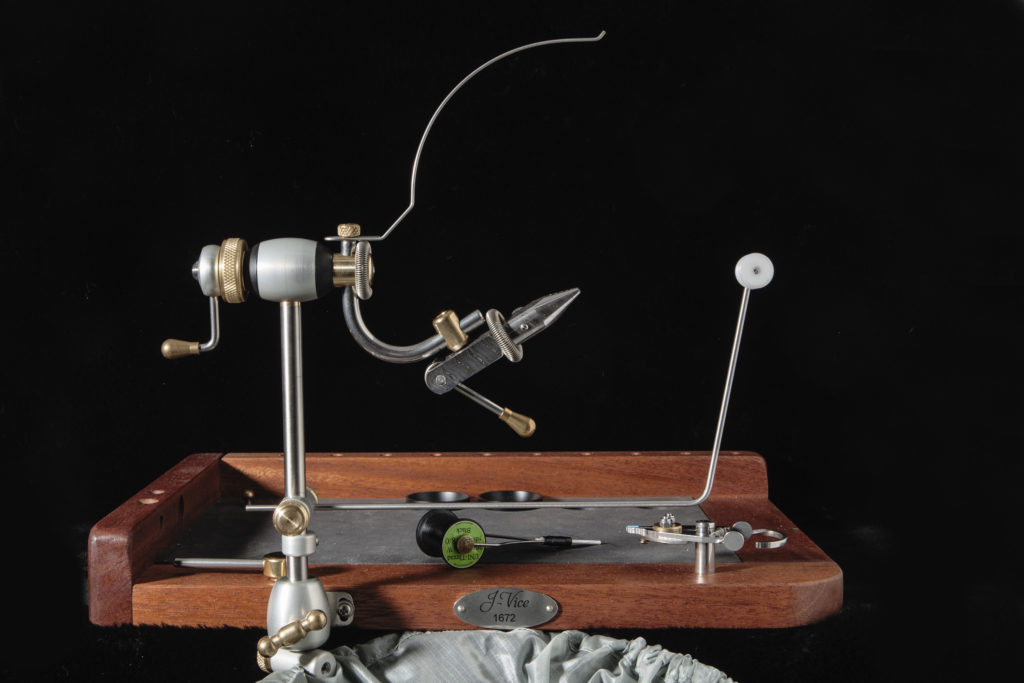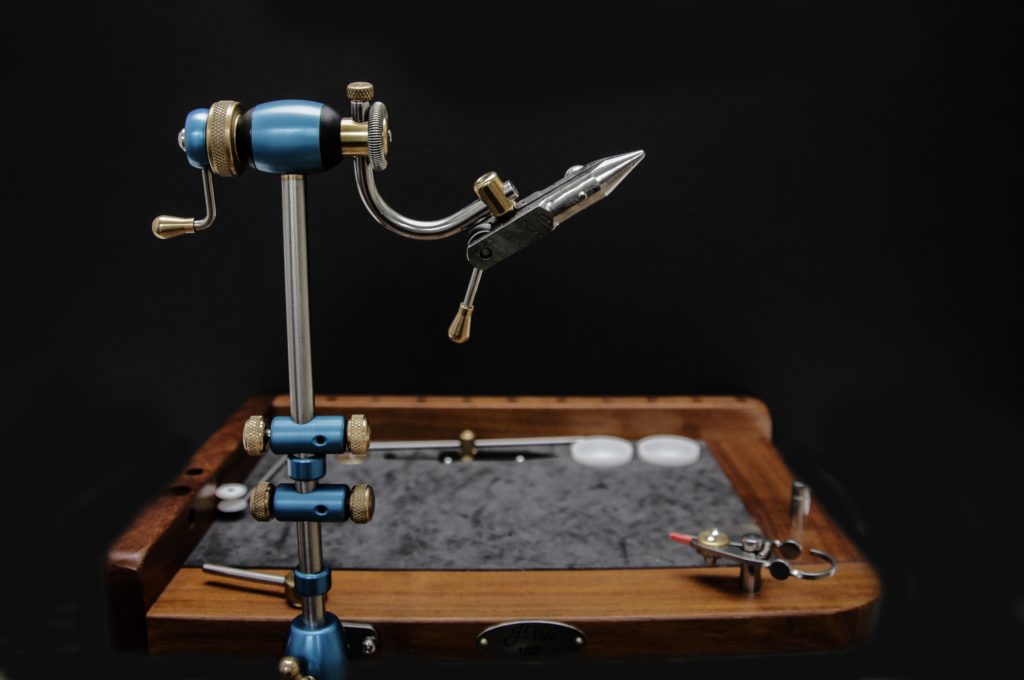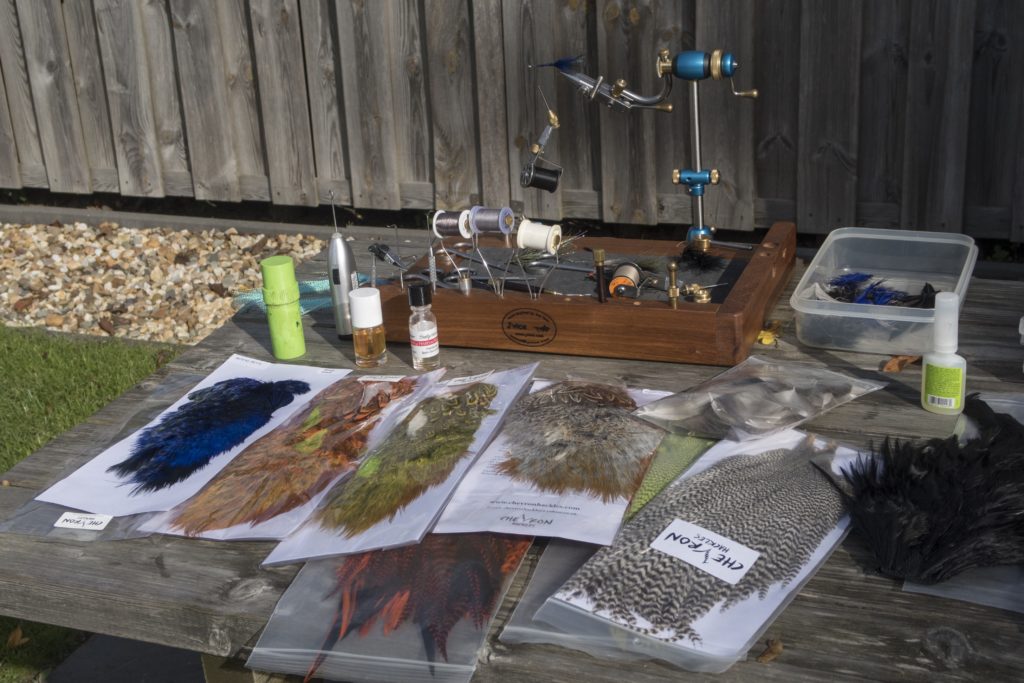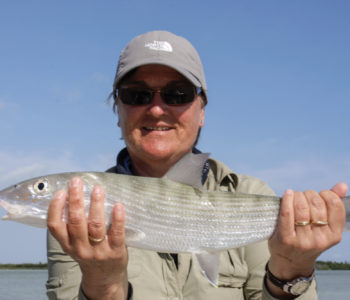
A wonderful upgrade from South Africa

Abstract and background (Part 1)
Let me clear up something first. For many non- English-speaking people the word vice or vise always confuses us. At least it does me, because I have read a lot of American English. I once had a crazy discussion when someone told me not to use the word vice because it was wrong. My English is far from perfect so I get help from computer software. I am using vice because all my spelling checkers are set to English language, so it’s less confusing for me while writing. That means I am also using words like colours, and favourites and not colors, and favorites as they do in the U.S. In America the word for a clamping tool comprising two jaws that can be opened and closed by a screw or lever is spelled as vise. But outside American English, the vise spelling rarely appears. A gripping tool therefore is spelled as vice. However, the word vice also has six other meanings according to the Collins English Dictionary, so the English language can get quite confusing. So for those who are still confused about the words ‘vice’ and’ vise’ both are correct, but it would look a bit weird using the word vice in the U.S.

There are many good vices on the market today and competition is fierce. Please don’t misunderstand me, I am not a vice junkie or a vice collector. I just have had several vices in more than 40 years of fly tying. In all these years I was quite privileged and able to tie on many additional vices I never owned. Some were awesome and some I didn’t like at all. What I learned is that you don’t need the most expensive vice to make fly tying a real pleasure. I finally tied for almost ten years on a cheap vice when I first started. As a passionate fly tier I also tried quite a number of different vices owned by my circle of fly tying friends. For me this is a good thing because you will need to tie at least a few different patterns before you can say, “YEAH this is the vice I really love!” I also quickly learned that the vice used by a particular fly tier doesn’t have to be the perfect one for you.

Today I still own a number of vices, but most of them I use for my workshops and classes. One of my favourite ways of teaching fly tying efficiently is using a kind of synchronized fly tying technique where I do all the steps at exactly in sequence with my students sitting at the same table. I do it every year in Canada when I have to teach the basics in only one evening to the University students who help me out with my kid classes and workshops. Without these wonderful students I wouldn’t be able to handle a lot of young kids in such a short time.

Some vices I own I hardly use at all and just keep them as collector’s items. Perhaps they are also an investment because a few have become quite valuable to collectors nowadays. I check them over yearly and tie a bit on them just for fun of it – and to remind myself that there are other brands as well. I inherited a few vices from close friends that passed away and they have a lot sentimental value because we did a lot of tying together. So that’s how fly tying equipment can also become nostalgic.












